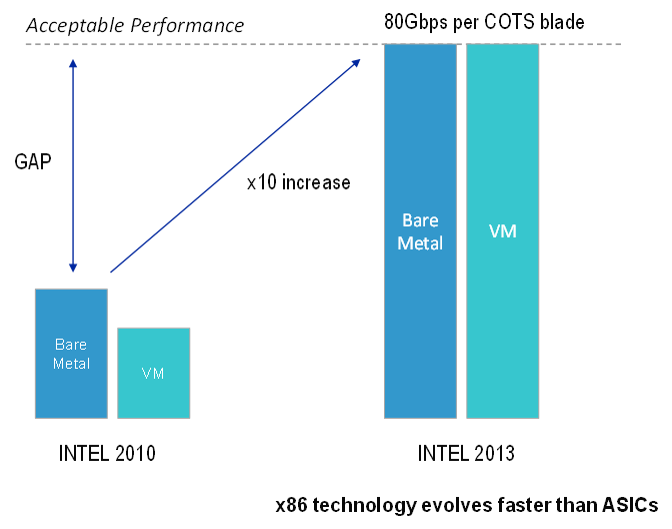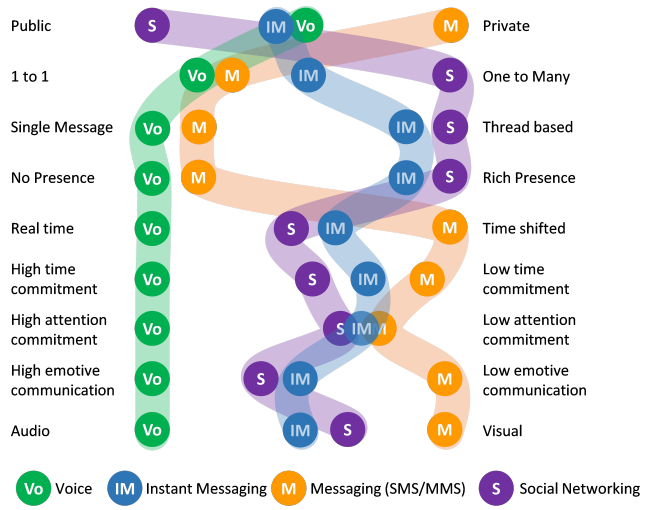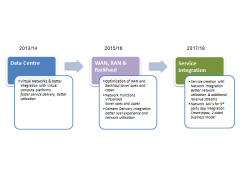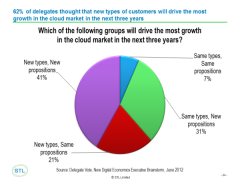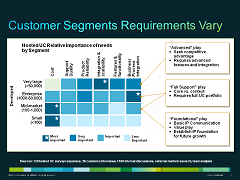
Multivendor telco cloud: Mapping the pathway to success
As operators embark on their telco cloud journeys, what should they look out for and what lessons can they learn from others? This report analyses the strategies and progress of four operators leading the way in telco cloud transformation and sheds light on the lessons learned from their initial deployments.







